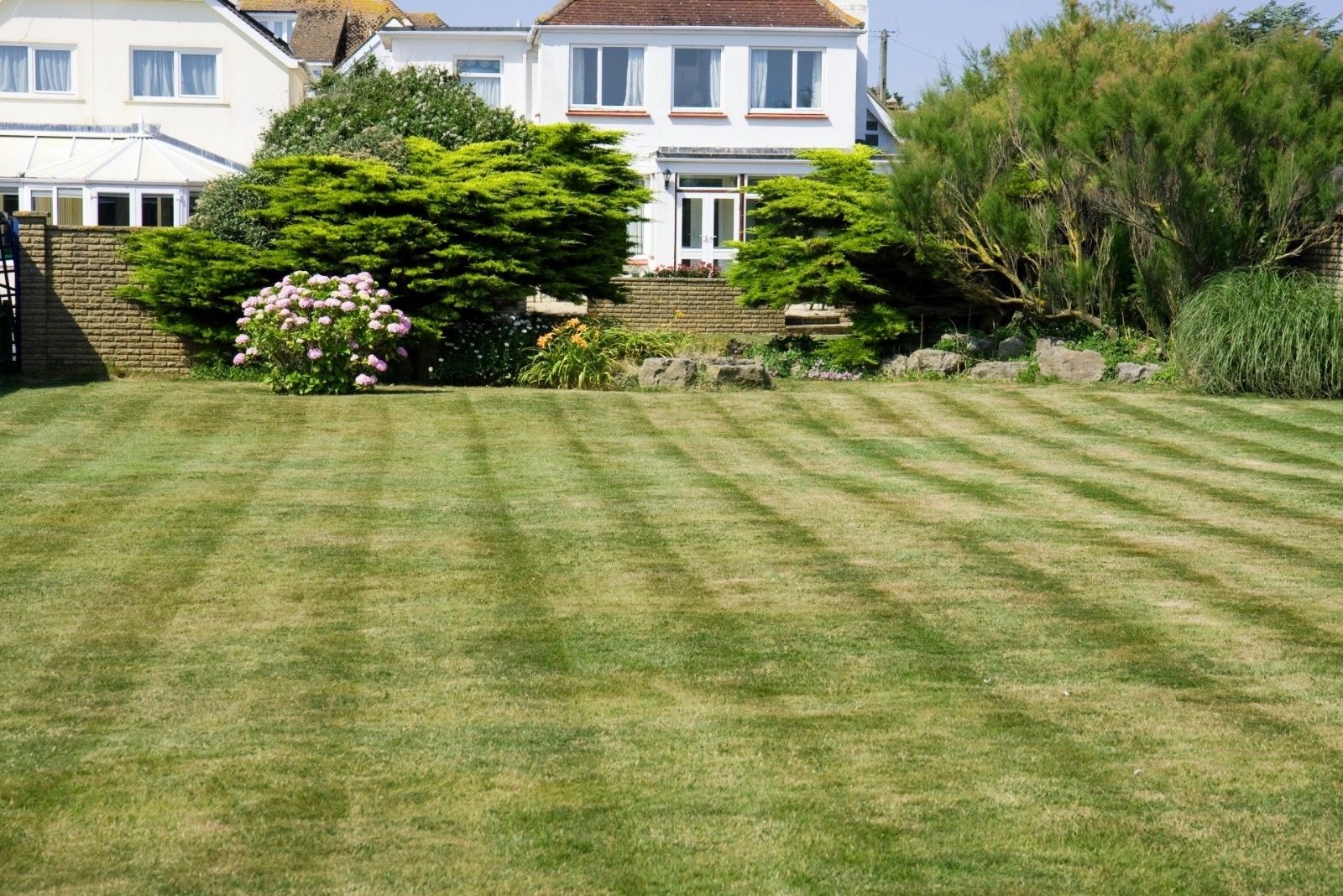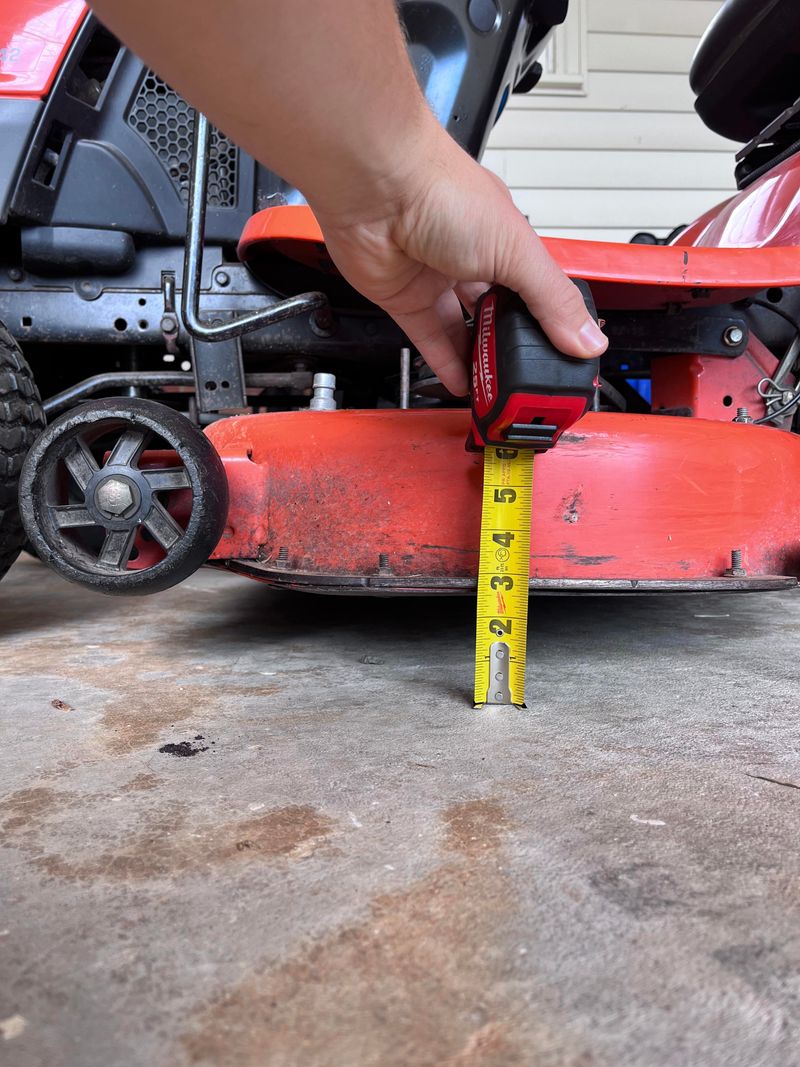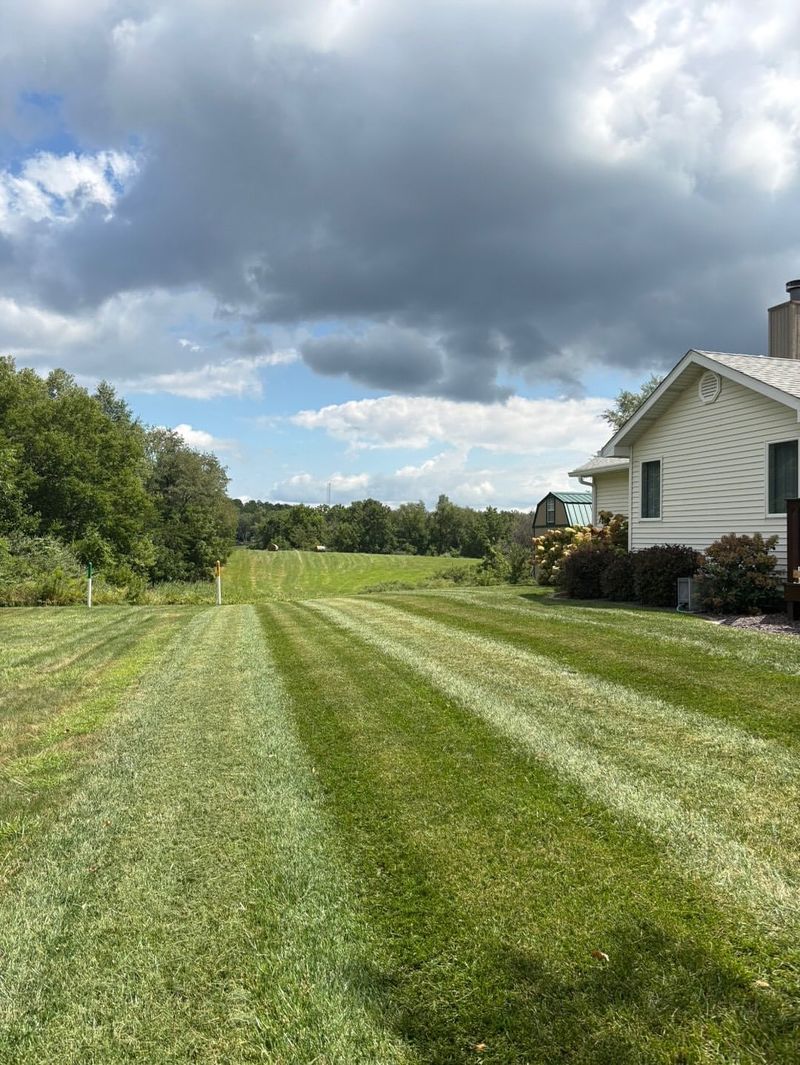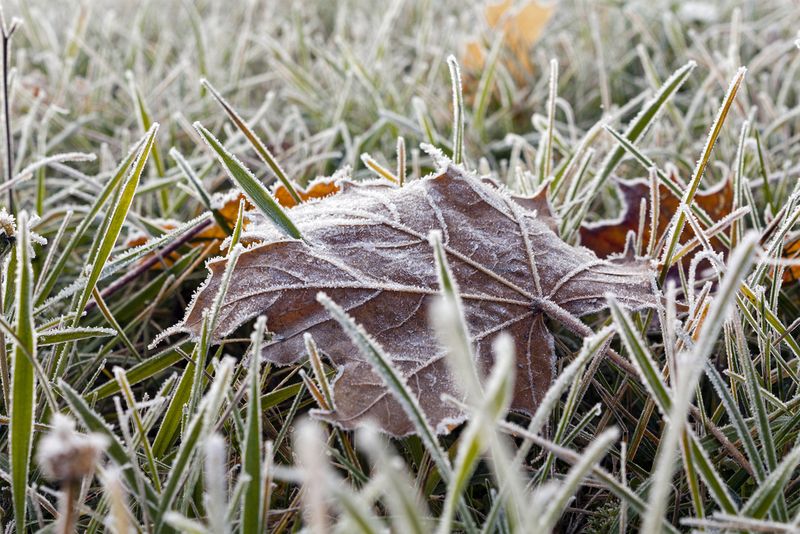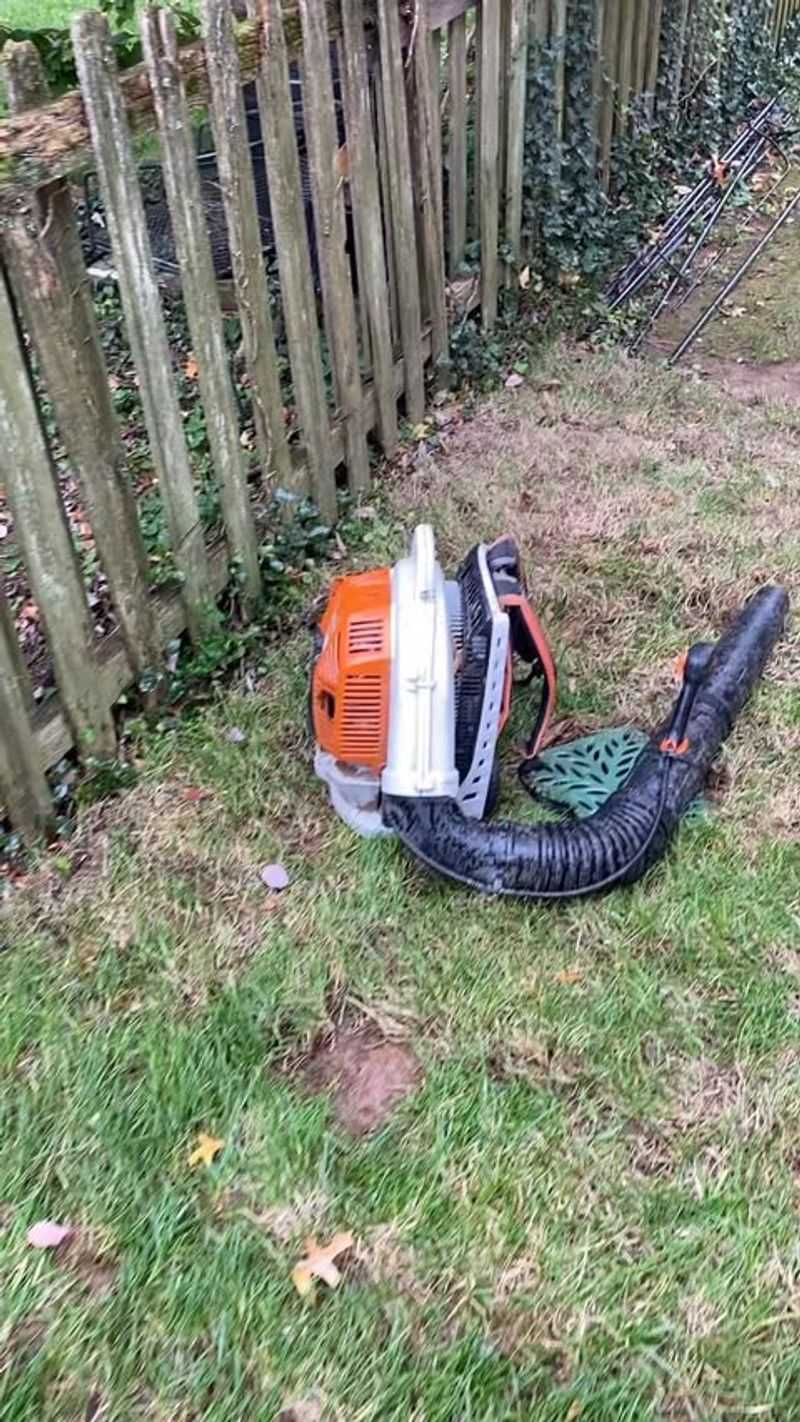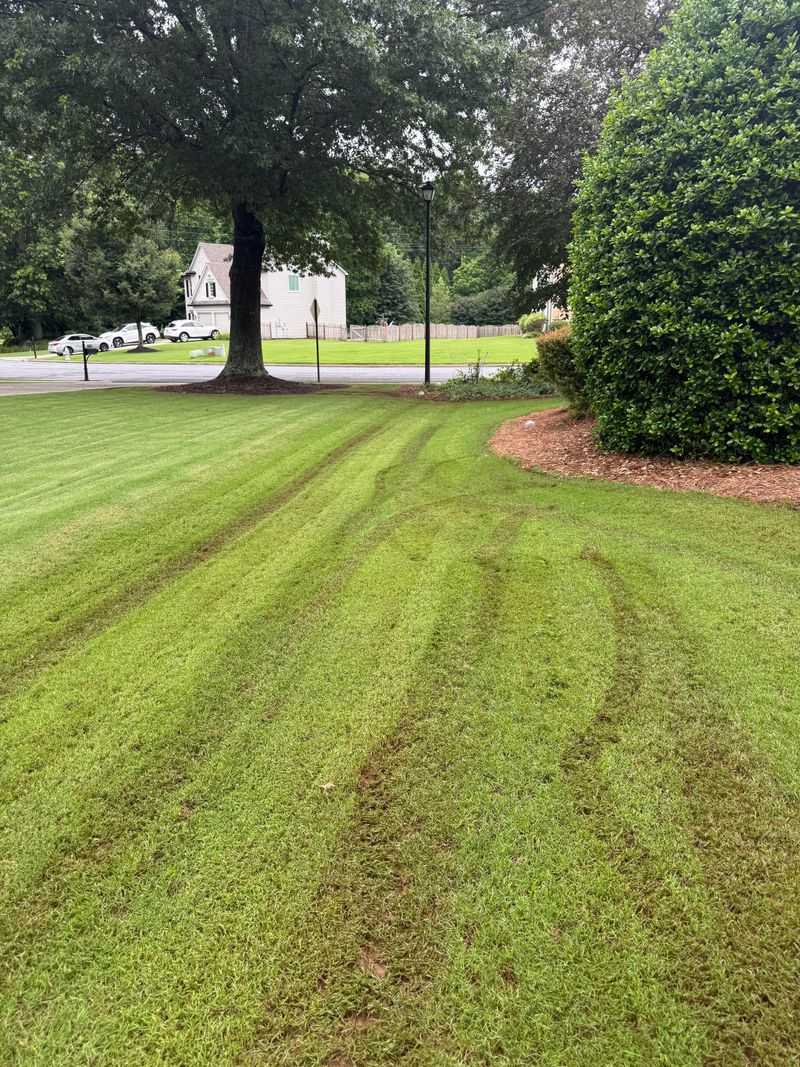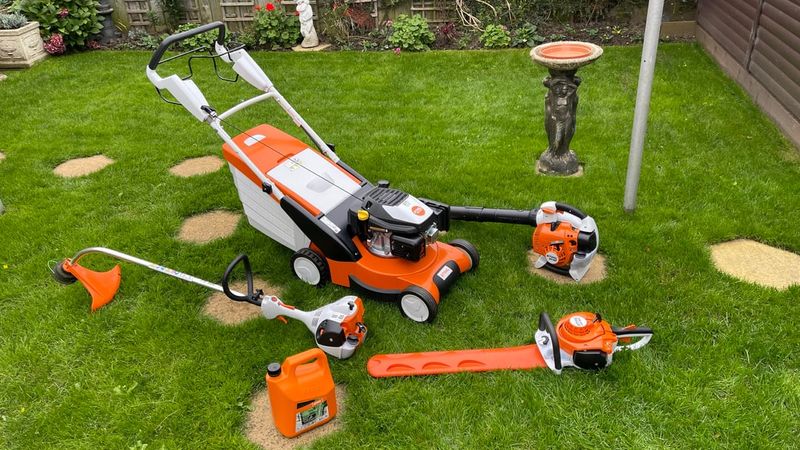November in Mississippi brings cooler temps and slower-growing grass, but that doesn’t mean your lawn’s off duty. A little attention now can set the stage for a lush, healthy yard come spring. Mowing might not be as frequent, but it still matters.
Keeping blades sharp and grass at the right height helps prevent disease and winter damage. I’ve found that smart lawn care this time of year pays off later. Less work, fewer problems, and a greener, thicker lawn when the warm weather rolls back in.
1. Raise Your Mower Blade Height
Cooler temperatures mean your grass grows slower, so cutting it too short can stress it out. Set your mower blade to about three inches for warm-season grasses like Bermuda and zoysia.
Taller grass develops stronger roots and protects itself better from cold snaps. Leaving extra length also helps shade out winter weeds trying to take over your yard.
Most Mississippi lawns benefit from this simple adjustment all month long.
2. Mow Only When Grass Is Dry
Wet grass clumps together and clogs your mower, creating an uneven cut that looks messy. Morning dew and November rain showers make Mississippi lawns damp more often this time of year.
Wait until afternoon when the sun has dried things out before you start mowing. Dry grass cuts cleaner and spreads evenly across your yard instead of sticking in piles.
Your mower will thank you, and your lawn will look much better too.
3. Reduce Your Mowing Frequency
As November progresses, Mississippi grass slows down considerably compared to summer months. You might only need to mow every two weeks instead of weekly.
Watch your lawn rather than sticking to a rigid schedule. When grass stops growing actively, you can skip mowing altogether until spring arrives.
Cutting less often saves time, fuel, and wear on your equipment while still keeping your yard neat and healthy throughout the season.
4. Keep Your Mower Blades Sharp
Dull blades tear grass instead of cutting it cleanly, leaving ragged brown edges that make your lawn look sick. Before November mowing begins, sharpen your blades or have a professional do it.
Sharp blades create clean cuts that heal faster and resist disease better during cooler weather. Checking your blades takes just minutes but makes a noticeable difference in lawn appearance.
Well-maintained equipment works better and lasts longer season after season.
5. Change Your Mowing Pattern Regularly
Mowing the same direction every time creates ruts and compacts soil in wheel tracks. Grass also starts leaning one way, giving your yard a striped, uneven appearance.
Switch up your pattern each time you mow—go diagonal one week, horizontal the next, then vertical. Varying your approach encourages grass to grow upright and keeps soil healthier.
Your lawn will look more uniform and professional with this simple trick applied consistently.
6. Leave Grass Clippings On The Lawn
Many homeowners bag clippings, but leaving them actually feeds your lawn naturally. Clippings decompose quickly in November weather, returning valuable nutrients like nitrogen back to the soil.
This free fertilizer helps your grass stay healthy without extra chemicals or expense. Short clippings disappear within days and won’t smother your lawn when spread evenly.
Skipping the bagging step also saves time and reduces yard waste heading to landfills each season.
7. Avoid Mowing Frozen Grass
Frost happens occasionally in Mississippi during November, especially in northern counties. Walking or mowing over frozen grass breaks the brittle blades and damages plant cells.
Wait until temperatures rise above freezing and frost melts completely before running your mower. Damaged grass turns brown and takes longer to recover, creating ugly patches.
Patience on frosty mornings protects your lawn investment and keeps it looking green and healthy all winter long.
8. Clear Leaves Before You Mow
Fall leaves pile up quickly under Mississippi’s oak, maple, and sweetgum trees throughout November. Mowing over thick leaf layers smothers grass underneath and creates a soggy, matted mess.
Rake or blow leaves into piles first, then mow your lawn cleanly. You can actually mulch light leaf coverage with your mower, chopping them fine enough to decompose.
Keeping leaves managed prevents dead spots and fungal problems that show up later in winter months.
9. Check For Hidden Obstacles First
November brings falling branches, pine cones, toys left outside, and other debris that can damage your mower or become dangerous projectiles. Walk your yard before starting up.
Remove sticks, rocks, newspaper, and anything else hiding in taller grass. Taking five minutes to clear your path prevents costly repairs and potential injuries.
Safe mowing practices protect both your equipment and anyone nearby, including pets and neighbors enjoying their own yards.
10. Don’t Cut More Than One-Third At Once
Removing too much grass height in a single mowing stresses plants and weakens root systems. Even if you skipped a week, resist the urge to scalp your lawn back to normal.
Cut one-third of the blade length, then mow again a few days later if needed. Gradual trimming keeps grass healthier and better able to handle November temperature swings.
Following this rule year-round creates the thick, resilient lawn every Mississippi homeowner wants to show off.
11. Clean And Store Equipment Properly
After your final November mowing, clean grass clippings and dirt from your mower deck, blades, and undercarriage. Built-up debris causes rust and mechanical problems over winter.
Change the oil, replace filters, and stabilize fuel if storing for months. Proper maintenance ensures your mower starts easily next spring without expensive repairs.
Taking care of equipment now saves money and frustration when mowing season returns to Mississippi yards again.

